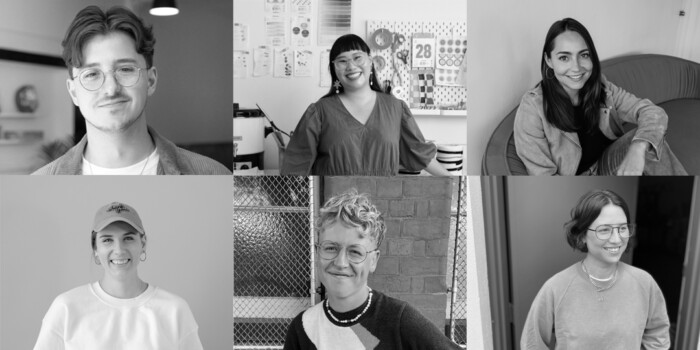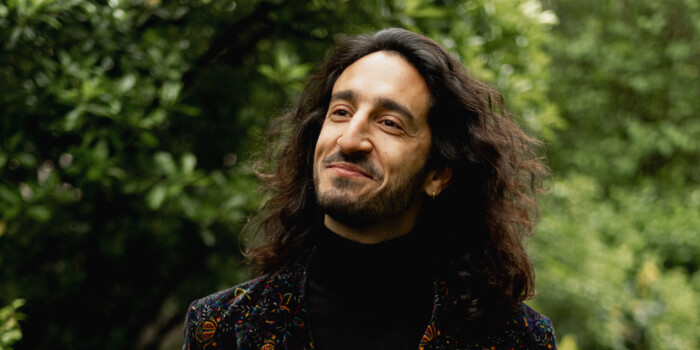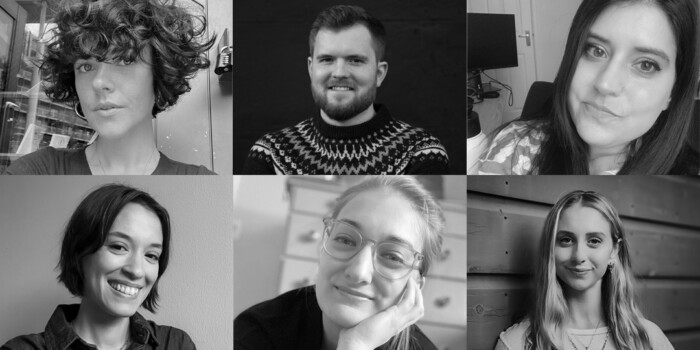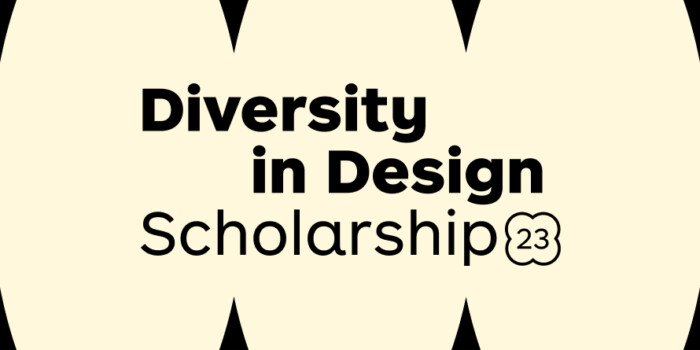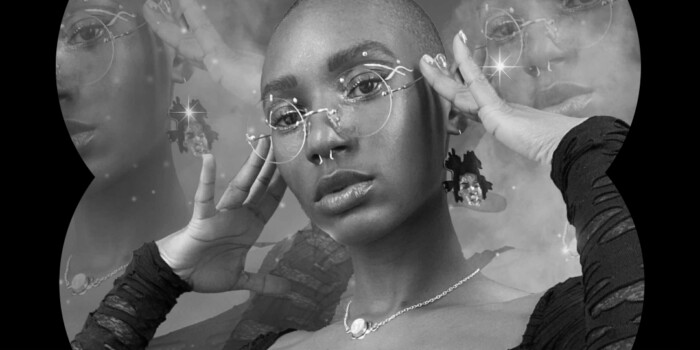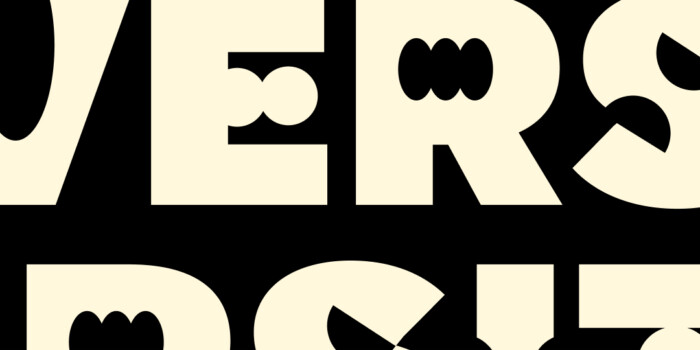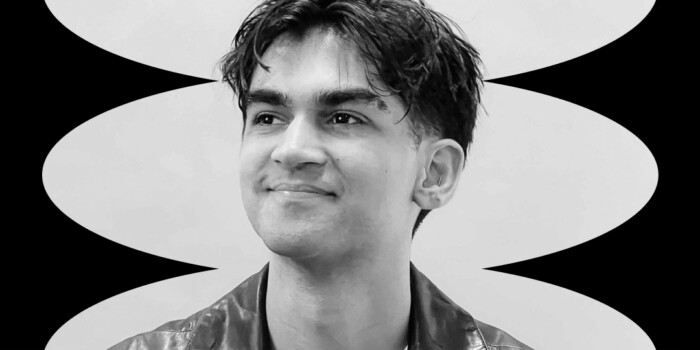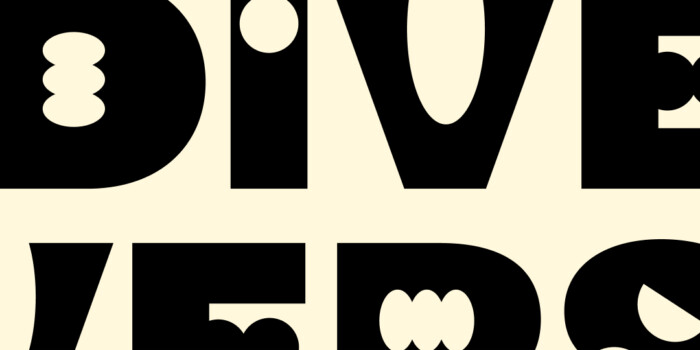Interview with James Greenfield, Creative Director and Founder of Koto

James Greenfield is Creative Director at Koto, a London-based branding agency he co-founded. Since its inception in 2014, Koto has worked with incredible clients, including working with Coca Cola on its Fanta rebrand the year they started. They’ve also recently open two further studios in two of the most exciting cities in the world, Berlin and LA, to help build the brands of tomorrow on a global scale. James recently visited the Shillington London campus to talk us through Koto’s history and pass some of his knowledge on to the students.
We caught up with James afterwards to gain some more insight into how Koto began, what they have been working on and what the future holds. Read on to find out more!
Can you tell us about the story of Koto—how it began, what it’s achieved and what the future holds?
The idea started five years ago with a belief that the two worlds of brand and product could be brought closer together. Tech was making more and more of an impact on how we live, but many of the best tech platforms had yet to really use brand in a meaningful way. Having completed the Airbnb rebrand at DesignStudio we knew that it could work and be really noticed so in January 2015 Jowey (Roden, fellow Founder and Creative Director) and myself set out, joining up with Caroline (Matthews, fellow Founder and Managing Director) who I had worked with at Airside to creatively challenge the space between brand and product.
We also believed that the craft smaller agencies put into work didn’t just belong only at that scale. All brands regardless of size deserve beautifully crafted and considered work.
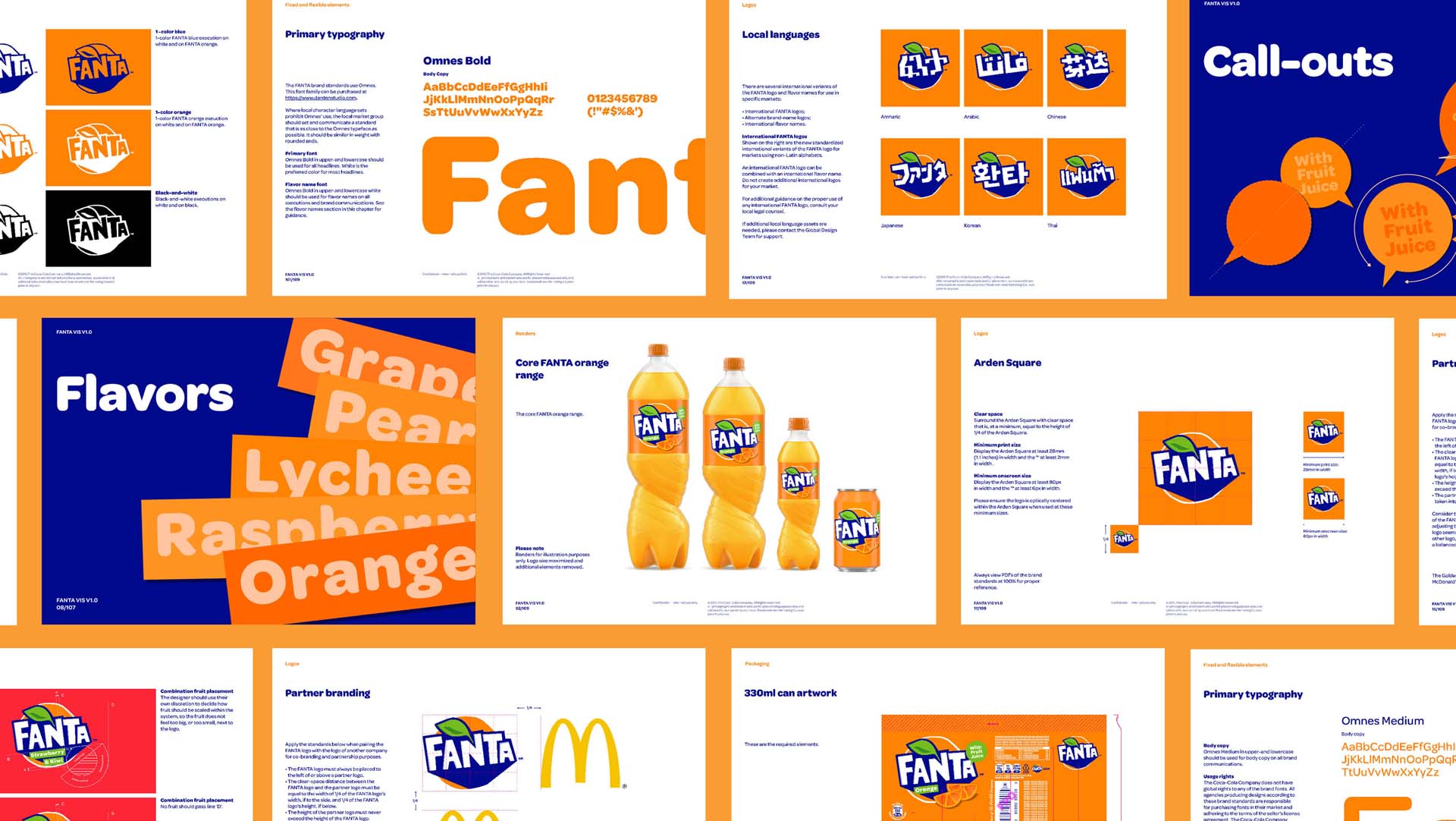
For those that don’t know, Koto is a Japanese word. Can you explain what it means and why you decided to name the studio after it?
Before we started we were looking for a name which matched our thinking, something which could be a vessel. I was reading an interview with the Japanese designer Kenya Hara online. In it he talked about the value of “koto” over “mono”, with “koto” being the experience of the brand rather than just the beauty of a fantastic brand. This chimed with us where we felt that rather than our own egos and graphic expression being the focus, it should be more about the experience we want to create.
In 2018, Koto opened two new studios, one in Berlin and one in Los Angeles, in one day. Why did you choose these cities?
Half by accident, half by design we have ended up with a lot of our work coming from the tech sector. We also work in the cultural sector, sports and other new and emerging areas. Both are cities which are at the forefront of tech and culture, so they make sense for us to sit in. To connect with new potential clients, but also so the teams we employ get that cultural resonance which informs all our work. Berlin and LA are both going through a lot of change and we feel both are going to create some really interesting companies in the coming years, we are there to be on hand to help build those brands of tomorrow.
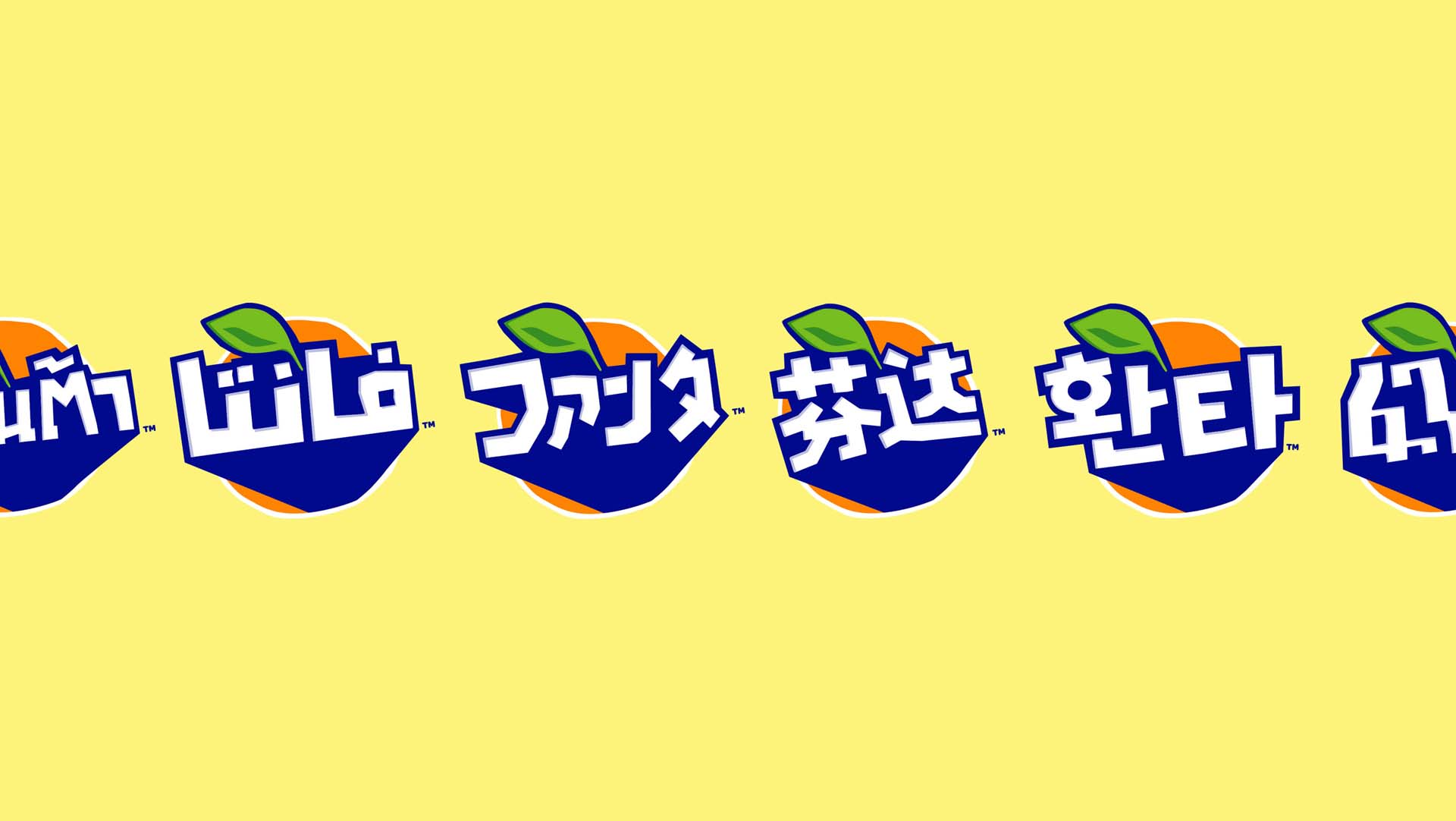
One of the first Koto projects was a rebrand for Fanta, a product in 190 different countries. Can you tell us about the project?
The phone call telling us we had won that project was a big moment in our history. Having done some work on emojis for Coca-Cola, we were asked to pitch some ideas for Fanta. Jowey and I were in New Zealand working with a client and so we got together some friends and put together some ideas which won us the pitch. We then spent 18 months working on everything from the label designs, to custom font with Colophon to illustrations and an emoji set. It’s our most high profile piece of work arguably with us collecting local versions wherever we go on holiday.
It’s a great example of everyone deserving good design. It’s arguably not a cool brand, but a universal product.
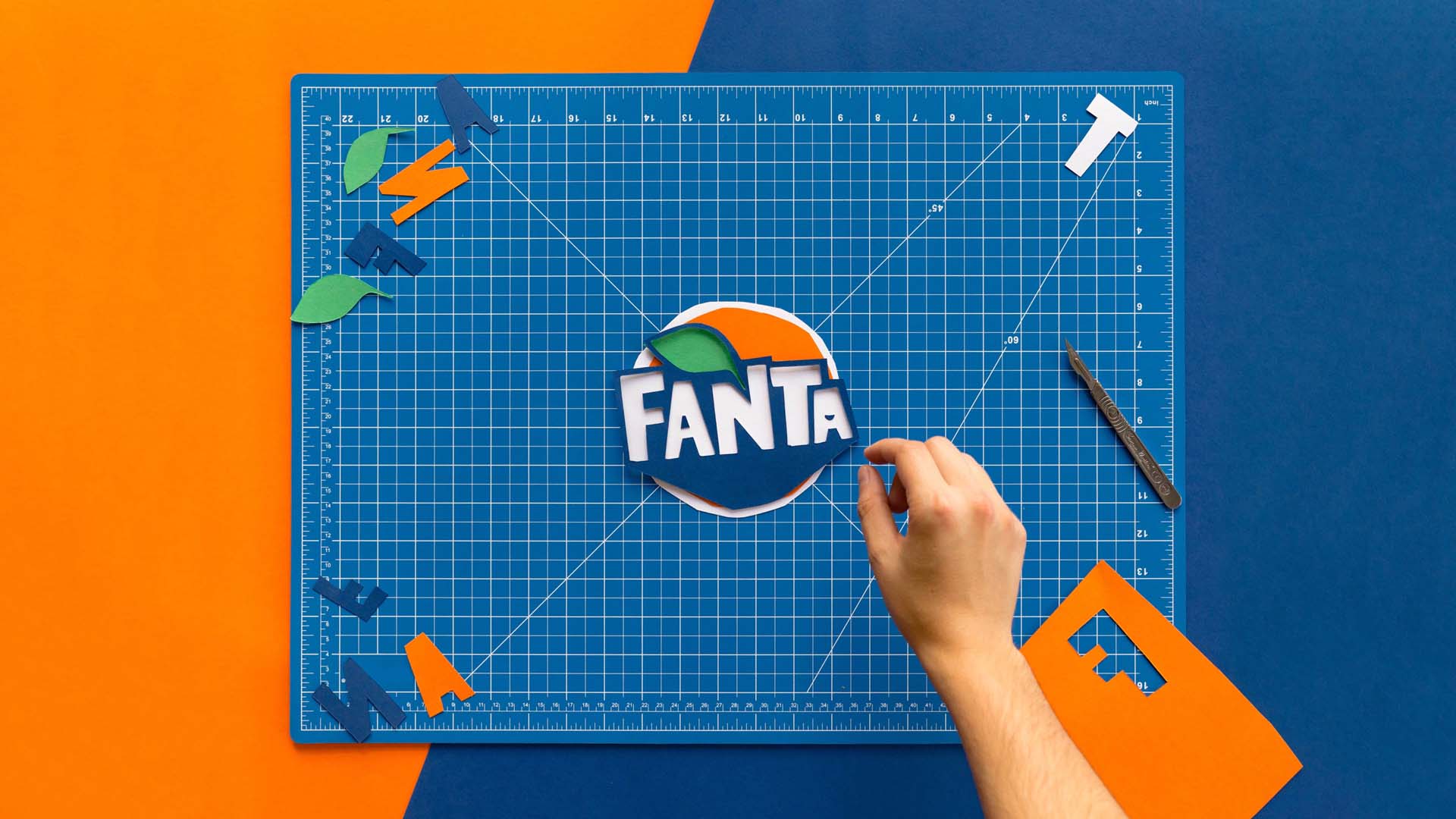
Can you tell us about some of the other projects Koto has worked over the past 5 years? Or maybe share an exciting upcoming project?
When faced with talking about the work we’ve done it is sometimes hard to remember it all, which isn’t a boast, more the reality of the sheer amount of work we make. I have some favourites like Bridge Theatre, which I think is super simple and really stands out in the slightly shoddy world of theatre branding and Paws, working with the rich world of animals.
More recently we’ve created a brand for Backmarket who are an awesome French company in the refurb space. Helping us avoid being addicted to disposable new culture in the world of electronics.
We’re just giving our website a refresh and beyond the work out there already its going to have some work we’ve been making for Venmo in the US which we’ve been working on for a while.
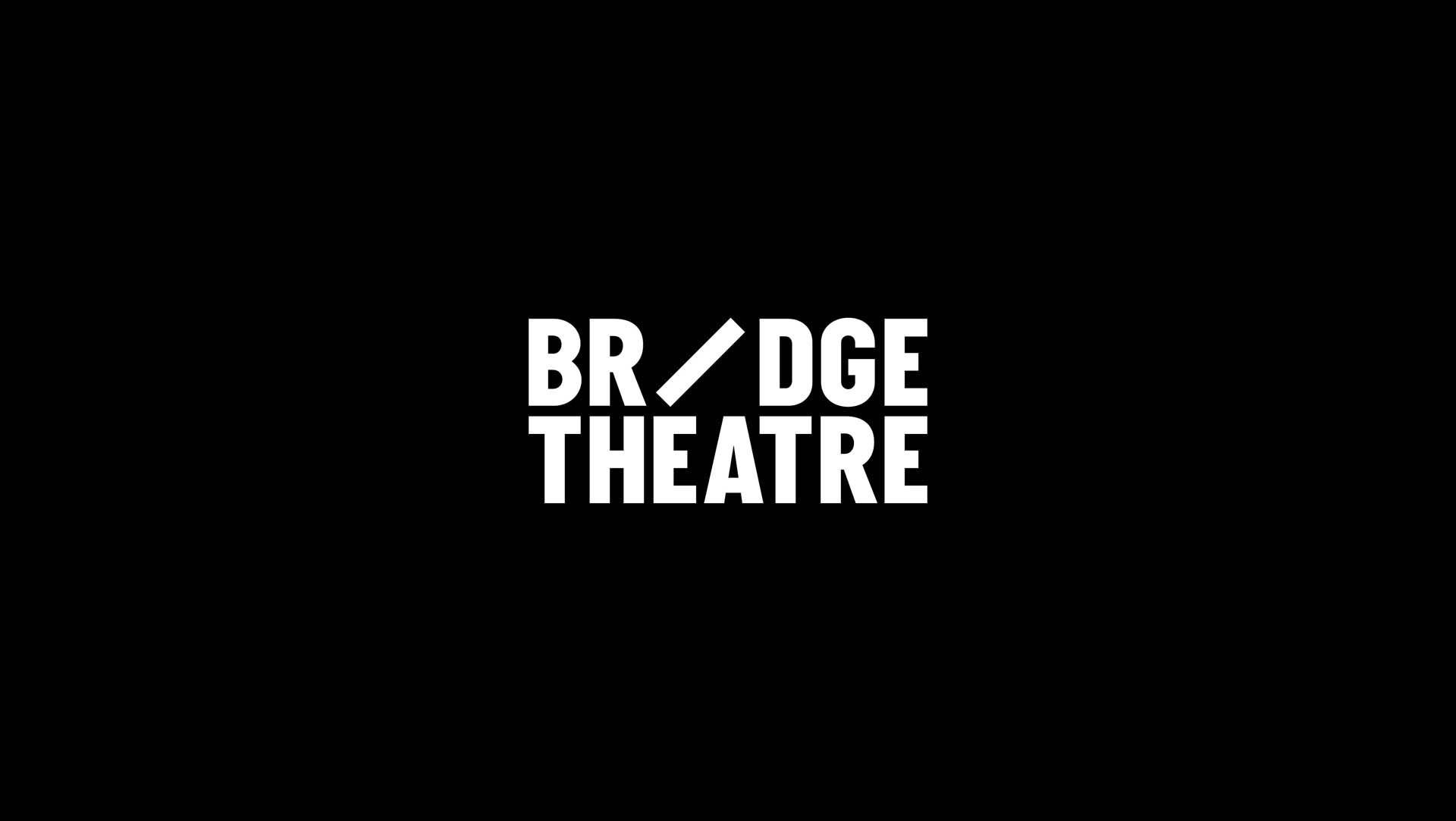
Could you tell us about Koto’s process? What do you think is the most important part of bringing a brand to life?
Any creative process is hard to truly map as the best are pretty responsive and adaptive. We have no set way of working, apart from not rushing the first step, which is getting to know the subject.
Immersing ourselves in brands and their products is essential for us to know we are giving them a solution that works.
It’s not just about our own creative vision, but about understanding how we can bring their brand to life in the myriad of audiences most brands have.
By spending some time at the start to really know the subject it helps us understand what’s right and what’s wrong for them and their aims.
Having made a creative solution the client loves it is also very important to work with the teams there to see the work through to it coming out. Having a brand is not printing some posters and making stationery.
It’s integrating it into digital experiences, marketing and all the ways a modern company expresses itself.
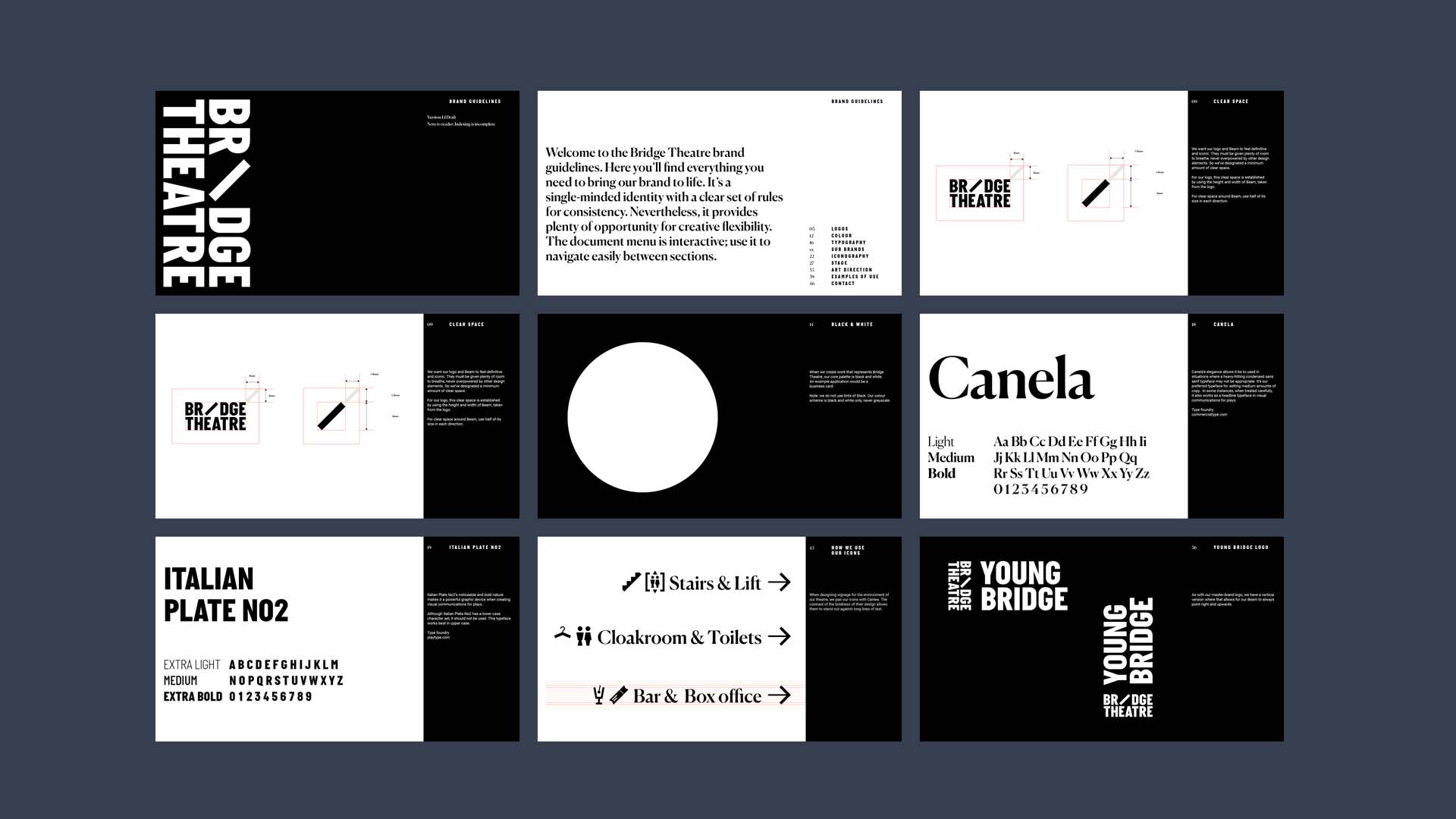
What are the biggest changes you have noticed in the last few years when it comes to branding a company or organisation?
Who the client is. In the past we would have worked with the Marketing team in most cases. We now work with a lot of CEOs and Founders who realise their time is well spent on branding and making sure they stand out in very crowded markets.
Lots of teams also now have design teams so the working process is a lot more collaborative and less tractional.

As the Creative Director of a successful branding agency, how do you think young designers can make an impression during a first internship or job?
Focus on having clear ideas about your work.
What you were trying to achieve with each project. Honesty about why it works and what you would change given another go at the brief. Areas for improvement and things you want to learn. We don’t expect or want the finished article and a bit of creative vulnerability is a good thing.
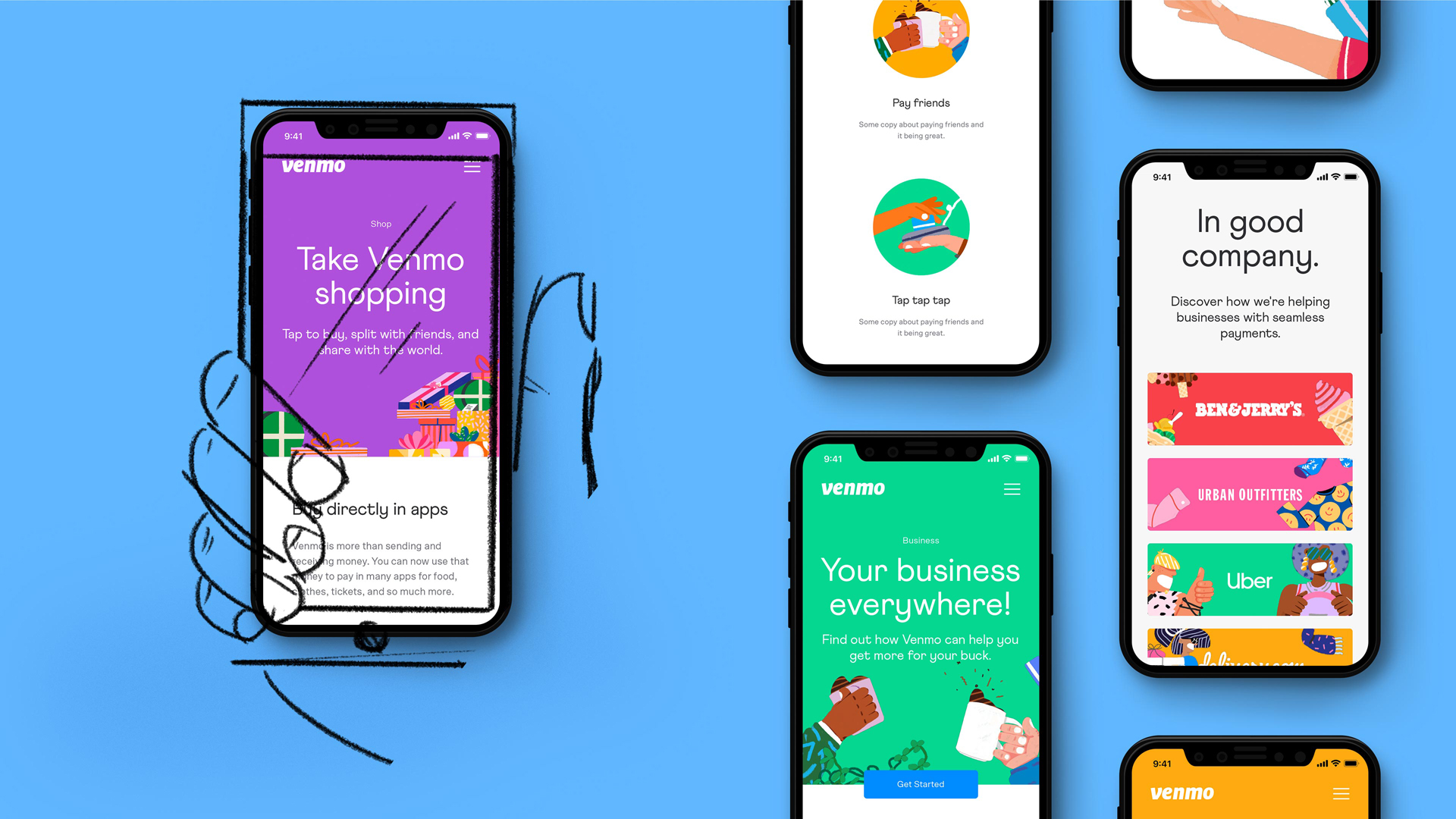
Could you share a few of your go-to creative resources that you use for inspiration? Or are there any other designers, artists or creatives you’re loving at the moment?
Everyone is different, for me personally it’s a mix of books, lots of Tumblr, which even though Yahoo have had a go at ruining it, is still an amazing resource for visual reference.
I tend not to look at other contemporary design too much as you’ll make your work derivative quickly if you’re not careful.
Plus plenty of reading which helps with ideas and strategy and a good grounding for where your work is going to exist in the world.
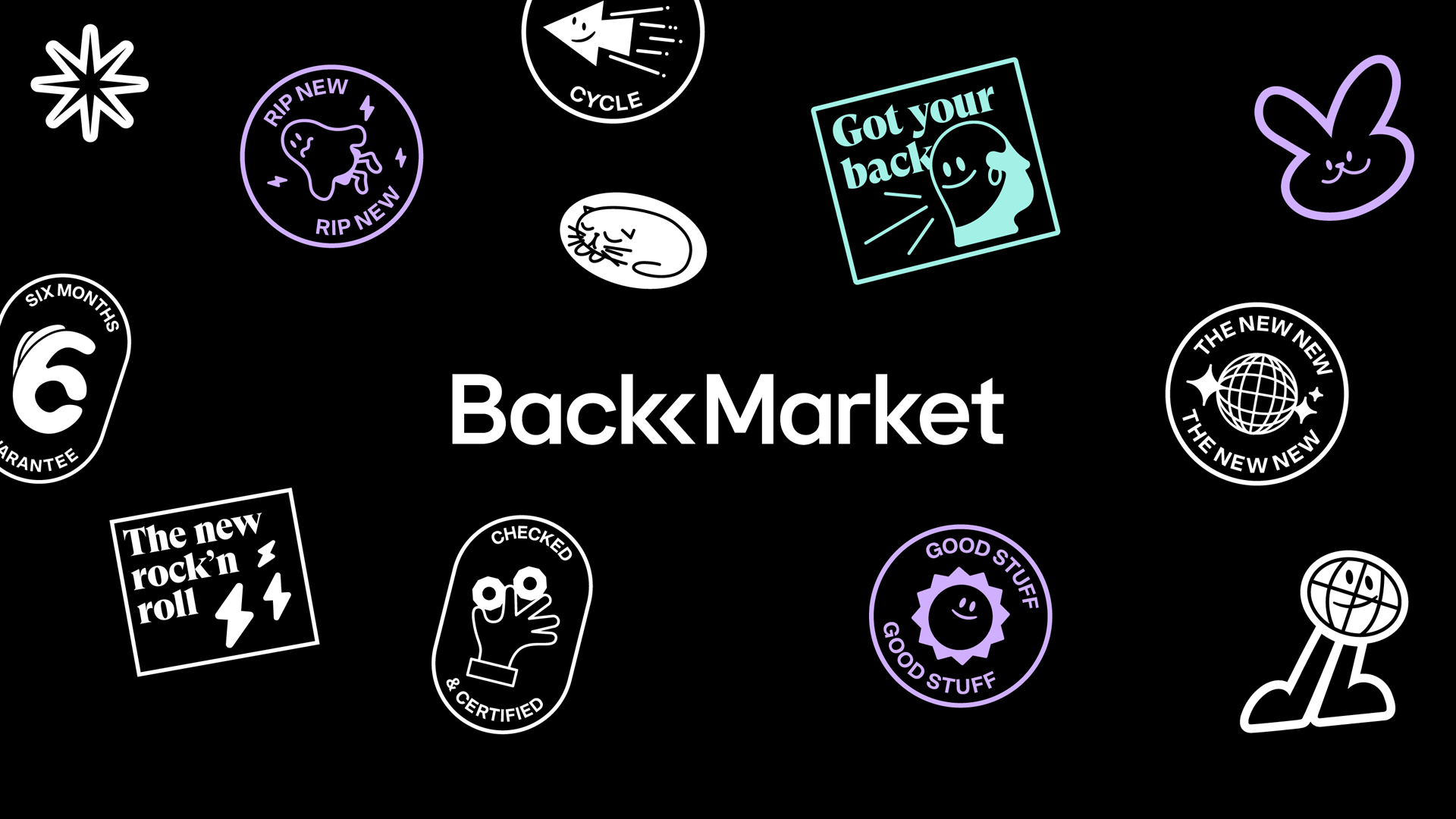
Do you think it’s important to explore things that are outside of your comfort zone to grow as a creative?
Yes totally. What you put in reflects what you get out. You need new inputs all the time. These can be supplied by travel, finding new artists or just by getting up from your desk. Looking at the same Pinterest board will lead to the same results in the end. Plus it’s boring if you stick to what you know.
Finally, give us five words to describe yourself and your creative style.
Mainly talking instead of drawing.

Anything else you’d like to add?
Don’t do free internships.
Don’t work for arseholes.
Don’t get ahead of yourself.
Don’t take it too seriously.
Big thanks to James for coming in to Shillington London to share Koto’s story and his knowledge with the students, and for talking to us afterwards. Make sure to keep up to date with what Studio Koto are up to through their website and Instagram.
We’ve hosted some of the world’s top creatives, design studios and advertising agencies at Shillington. Check out more interviews from guest lecturers.
Want to win some amazing prizes and stay in the loop with all things Shillington? Sign up to our newsletter to automatically go in the draw.
